Dutasan National Recreational Forest (국립 두타산자연휴양림)
14.6Km 2021-03-04
132, Achagol-gil, Pyeongchang-gun, Gangwon-do
+82-33-334-8815
Dutasan National Recreational Forest is located at the foot of Dutasan Mountain, which rises 1,357 meters above the sea level and straddles the border between Jinbu-myeon of Pyeongchang-gun and Jeongseon-gun. The recreational forest is in the center of many popular attractions, including Odaesan National Park, Woljeongsa Temple, and beautiful valleys. The robust and rich forest is filled with a wide variety of animals such as badgers, raccoons, boars, and hares, as well as abundant medicinal herbs, and trees such as huge birch, nut trees and lime trees.
Anbandegi Village (안반데기 마을)
14.7Km 2024-05-24
428 Anbandegi-gil, Wangsan-myeon, Gangneung-si, Gangwon-do
Anbandegi Village is a mountainside village located at an elevation of 1,100 meters. The village name is a combination of the words "anban," which refers to the large and oval wooden platform used when pounding rice cakes, and "degi," which means flat land. Most of the village lands are covered with cabbage farms formed along the mountain slope. The steep slopes make it impossible to use farm machinery, which means all the cabbages farms are the result of manual work by the villagers.
Guryongpokpo Falls (Sogeumgang River) (구룡폭포 (소금강))
14.7Km 2019-11-26
Samsan-ri, Yeongok-myeon, Gangneung-si, Gangwon-do
+82-33-332-6417
Guryongpokpo Falls refers to the group of nine waterfalls, varying in size, located over a three-kilometer stretch of Sogeumgang River in Odaesan National Park. "Guryong" means nine dragons and legend has it that each of the waterfalls was occupied by a dragon. The sixth waterfall is particularly attractive. It is simultaneously the most magnificent and serene of the falls, which is why it is also known as the "Gentleman’s Waterfall." Two kilometers away from the sixth waterfall, is a curious-looking piece of rock called Manmulsang. The name literally means "tens of thousands of different looks." Some of these looks have earned it to other names such as "Giant Rock," "Phantom-Face Rock," "Iworam," and "Candlestick Rock’"
Gangneung Anbandegi Tourist Farm (강릉안반데기관광농원)
15.5Km 2025-07-10
203 Anbandegi 1-gil, Wangsan-myeon, Gangneung-si, Gangwon-do
033-644-5882
Located at a x_height of 1,100 meters above sea level in Gangneung, Anbandegi Tourist Farm is a privately owned farm. It offers various healing experience programs such as wild vegetable picking, healing forest trail trekking, stargazing, and camping, making it a perfect therapeutic escape.
Daegwallyeong National Recreational Forest (국립 대관령자연휴양림)
16.5Km 2022-06-20
133, Sampoam-gil, Gangneung-si, Gangwon-do
+82-33-641-9990
Daegwallyeong National Recreational Forest divides Gangwon Province from east to west and is known for its famous pine tree forests. It was designated as a suitable resting place to enjoy as it’s harmoniously situated in a valley surrounded by lush vegetation. Beautiful view of Gangneung and the East Sea can be seen day and night.
Sogeumganggyegok Valley (오대산 소금강계곡)
16.5Km 2021-08-10
Sogeumgang-gil, Yeongok-myeon, Gangneung-si, Gangwon-do
+82-33-332-6417
Sogeumganggyegok Valley is located on the east side of Odaesan Mountain. The valley is also referred to as Cheonghak Dongsogeum because the scenery resembles a crane (cheonghak) spreading its wings. The rock formations standing in between the lush valley forests will draw the eyes of any visitor. Several attractions are found along the valley path such as Mureunggyegok Valley, Myeonggyeongdae Post, Guryongpokpo Falls, Gunjapokpo Falls, and more.
Mojeongtap Trail in Nochusan Mountain (노추산 모정탑길)
18.5Km 2024-03-18
1679-8 Daegi-ri, Wangsan-myeon, Gangneung-si, Gangwon-do
Nochusan Mountain, part of the Taebaek Mountain Range, derives its name from the ancient Chinese states of Lu (No) and Zou (Chu). This naming commemorates the area's historical significance as a place of study for two of Korea's great scholars: Seol Chong from the Silla period and Yi I from the Joseon era. The Mojeongtap Trail on Nochusan Mountain is noteworthy for its 3,000 stone towers, erected by an elderly mother in honor of her children. The term “Mojeong” signifies a mother's love for her children.
Daegwallyeong Museum (대관령박물관)
18.6Km 2021-07-22
1, Daegwallyeongyet-gil, Gangneung-si, Gangwon-do
+82-33-660-3830
Daegwallyeong Museum is located in Gangneung-si, Gangwon-do. It is housed in a building that resembles a dolmen, striking a balance with the surrounding landscape and earning it an Outstanding Architecture Award from the Construction Association of Korea and the Best Award from Gangwon-do.
The museum has six exhibition halls, including those that are named after the guardian gods that represent the four directions. Cheongnyongbang (Room of the Blue Dragon - East) is decorated in blue and displays celadon and traditional ceramics. Baekobang (Room of the White Tiger - West) is in white and exhibits Buddhist art and wooden dolls. Jujakbang (Room of the Red Vermillion - South) is in red and displays a bridal palanquin, folk paintings, and calligraphy. The black Hyeonmubang (Room of the Black Turtle - North) displays bronze relics. Also, there is the Togibang (Earthenware) showing Prehistoric era shacks and earthenware, and Uribang, exhibiting wooden furniture and folk craftwork. The outdoor space offers an exhibit of stone pagodas and statues as well as a thatched cottage and an operating water mill.
Hongcheon Ginkgo Forest (홍천 은행나무숲)
19.4Km 2024-02-28
686-4 Gwangwon-ri, Nae-myeon, Hongcheon-gun, Gangwon-do
Hongcheon Ginkgo Forest, adorned with over 2,000 ginkgo trees planted at intervals of every five meters, is a private sanctuary that opens its gates to the public exclusively in October. This enchanting forest, cultivated and nurtured by a single individual for more than thirty years, transforms into a golden paradise in autumn. In addition, the nearby Sambong Springwater, recognized as one of Hongcheon's nine scenic wonders, along with the Guryongnyeong Pass, enhances the area's appeal as a prime tourist destination, making the forest an ideal spot for autumn visits.
Daegullyeong Village (대굴령마을)
19.7Km 2019-10-01
17, Seongyeon-ro, Gangneung-si, Gangwon-do
+82-33-648-0406
Daegullyeong Village is a tourist complex located in Gangneung-si, Gangwon-do, which provides visitors with a host of various traditional experiences, sporting events, and lodging accommodations. The village of Daegullyeong got its name from the series of 832-m long Daegwallyeong ridges that stretch along the bordering regions of Gangneung and Pyeongchang. Although the mountain ridges present rigorous passages with 99 turns, the area is popular for its magnificent scenery.
Daegullyeong Village boasts the beautiful Daegwallyeong ridges and clear waters of the valleys in the mountain villages where tourists can take in the spectacular views of Bogwang 1(il)-ri, Bogwang 2(yi)-ri, and Eoheul-ri. The local specialties include the traditional doenjang (soybean paste), various soy and bean pastes, corn, traditional fermented soybeans, potatoes, and vegetables. Visitors can stay at any number of pensions in the area, then take a tour around a traditional soy and bean paste factory and participate in various experience programs such as soy and bean paste making, straw arts and crafts, folk games, and traditional performances.
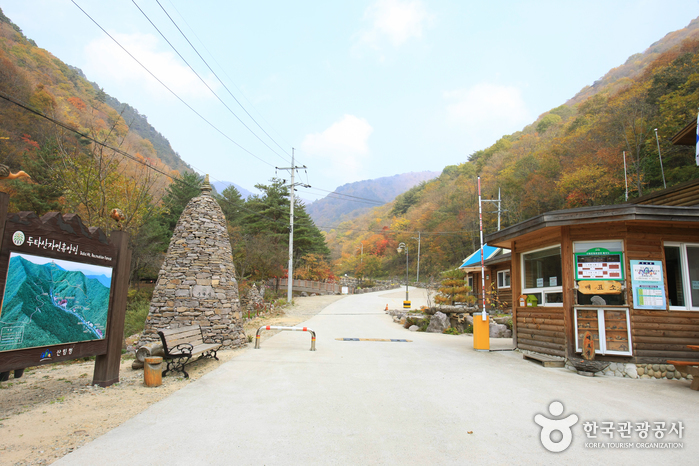
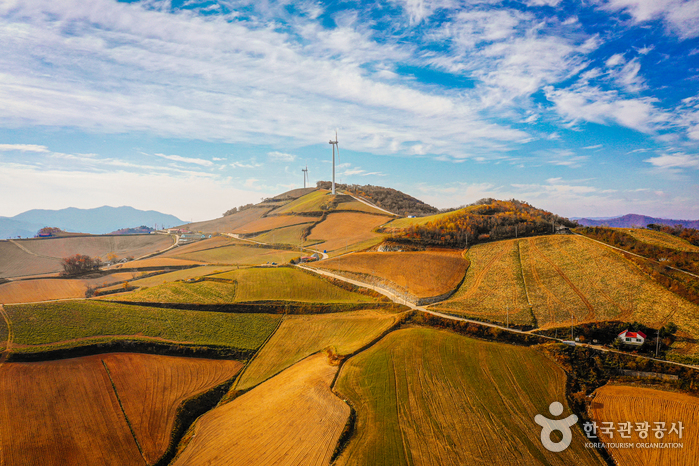

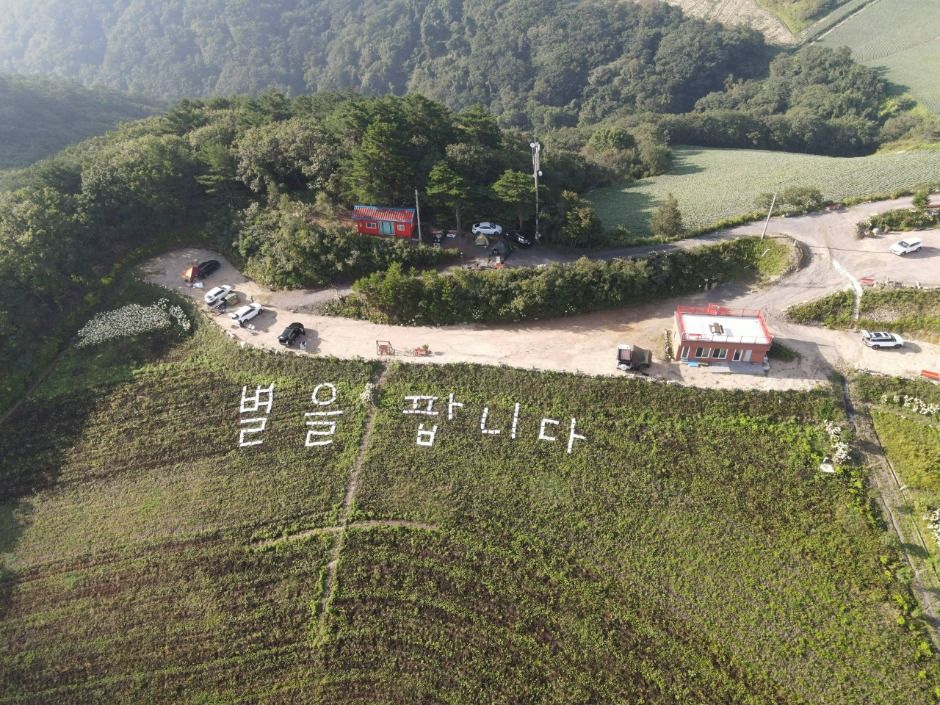
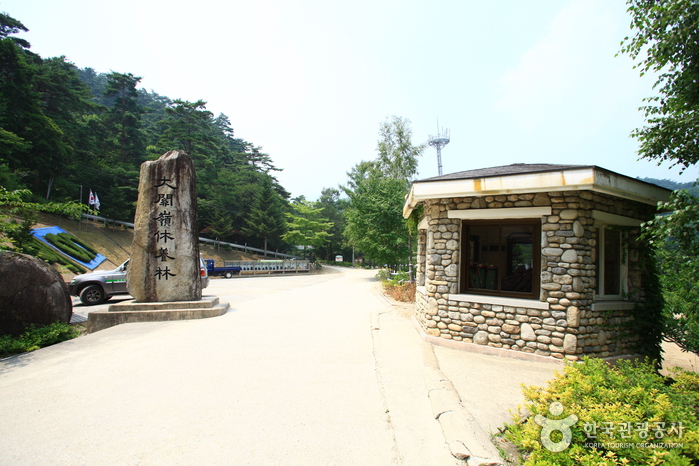
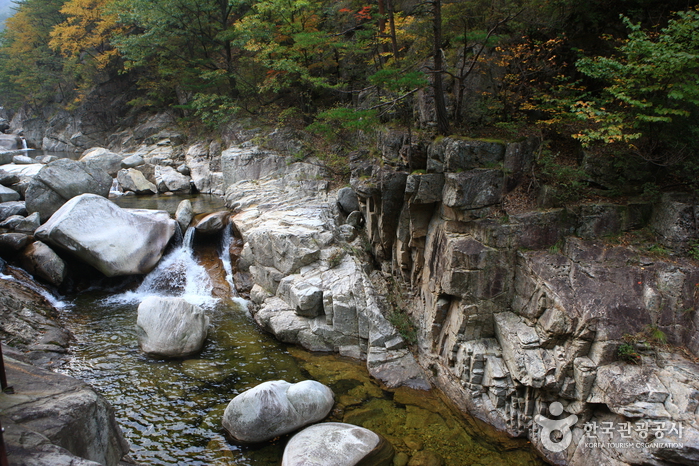
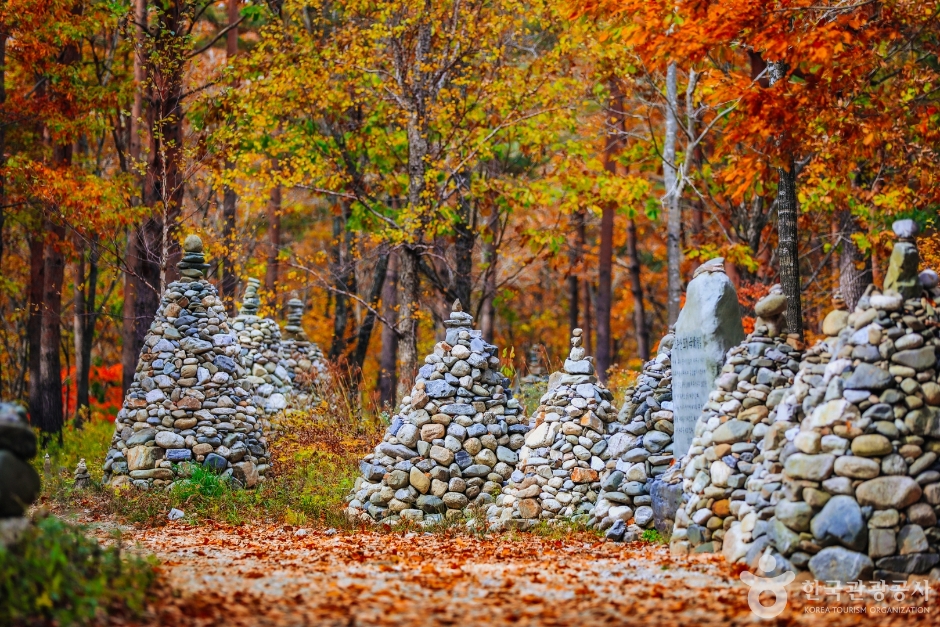
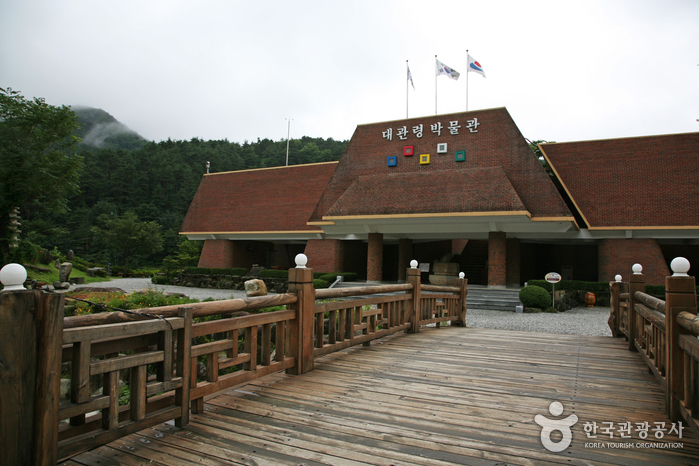
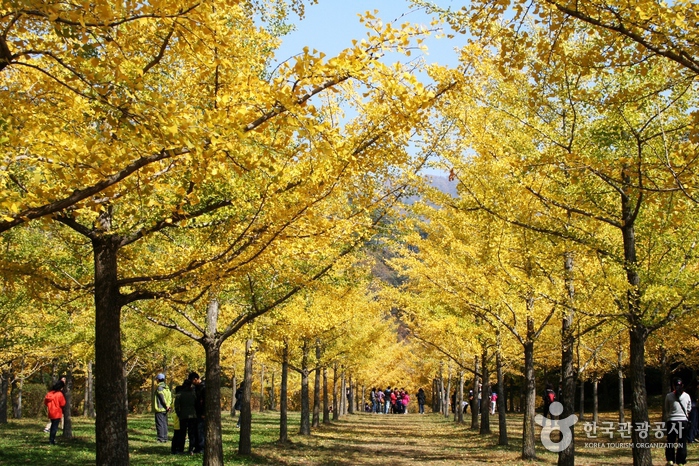
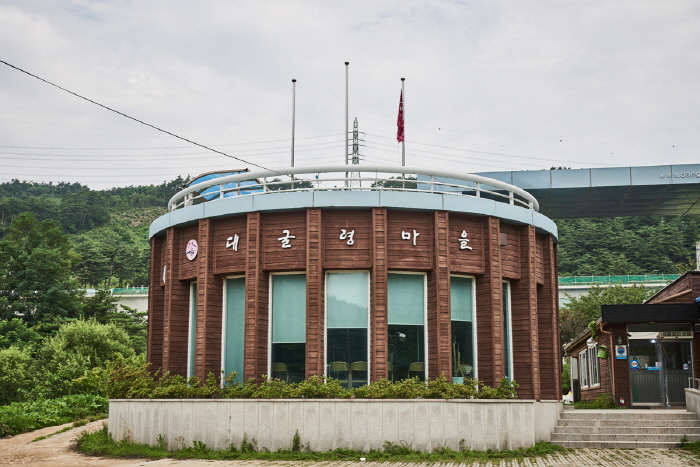
 English
English
 한국어
한국어 日本語
日本語 中文(简体)
中文(简体) Deutsch
Deutsch Français
Français Español
Español Русский
Русский